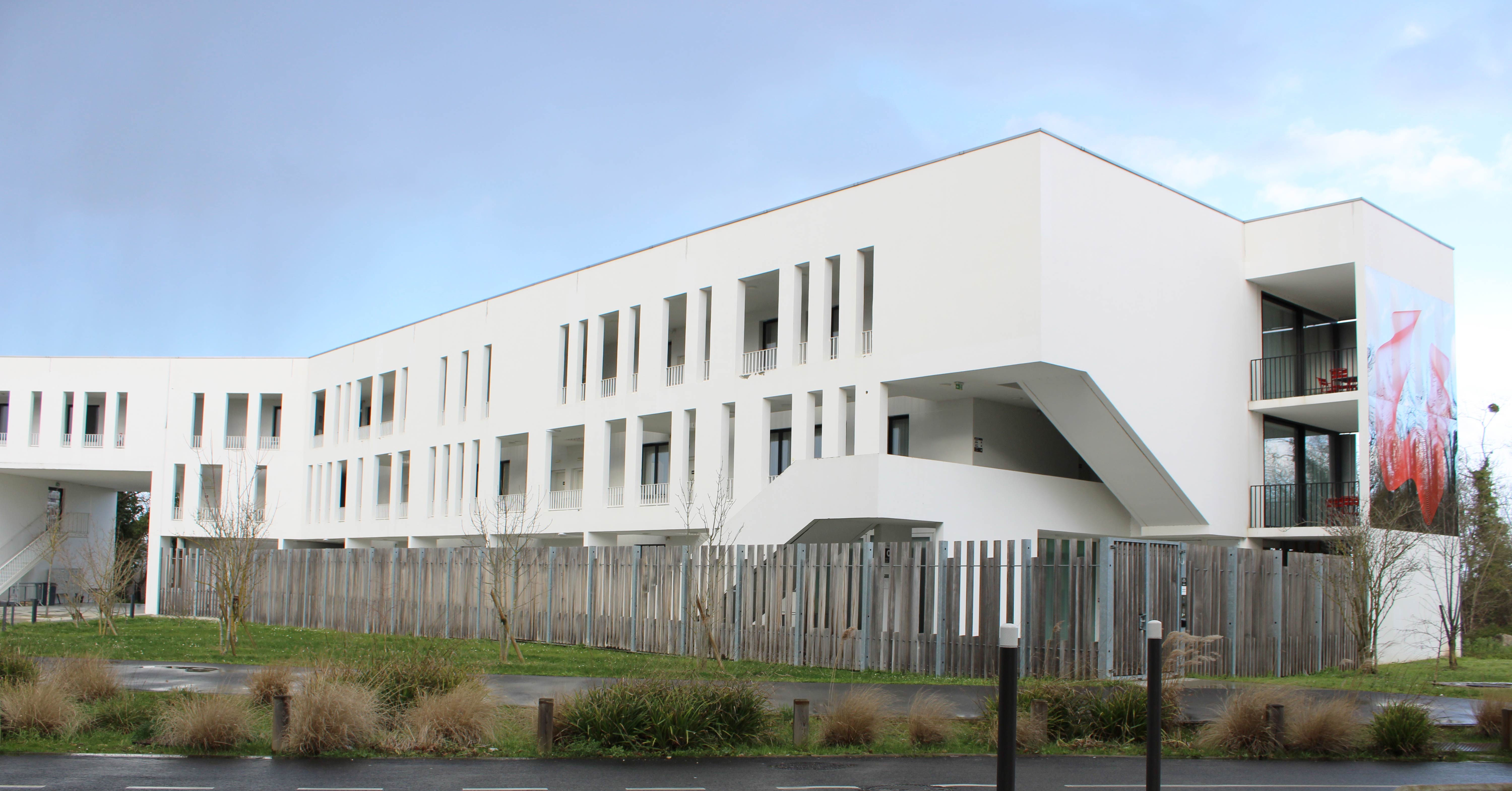Frontiers in Mathematical Physics
CY Advanced Studies (Auditorium)
CY Cergy Paris Université

List of speakers
Tristan Benoist (CNRS - Institut Mathématiques de Toulouse)
Laurent Bruneau (CY Cergy Paris Université)
Michele Correggi (Politecnico di Milano)
Noé Cuneo (Université Paris Cité)
Stephan de Bièvre (Université de Lille)
Raphaël Grondin (McGill University)
Alain Joye (Université Grenoble Alpes)
Mathieu Lewin (Université Paris Dauphine)
Roberto Longo (Università di Roma Tor Vergata)
Vieri Mastropietro (Università di Milano)
Annalisa Panati (Université de Toulon)
Claude-Alain Pillet (Université de Toulon)
Nicola Pinamonti (Università di Genova)
Marcello Porta (SISSA, Trieste)
Gaia Pozzoli (University of Milano-Bicocca)
Renaud Raquépas (Courant Institute, NYU)
Vedran Sohinger (University of Warwick)
Clément Tauber (Université de Strasbourg)
Daniel Ueltschi (University of Warwick) - cancelled
Zoom links:
Monday 26/06 8:00AM-7:00PM :
https://cyu-fr.zoom.us/j/99311677938
ID : 993 1167 7938
Tuesday 27/06 8:00AM-7:00PM :
https://cyu-fr.zoom.us/j/94407637887
ID : 944 0763 7887
Wednesday 28/06 8:00AM-7:00PM :
https://cyu-fr.zoom.us/j/96924797896
ID : 969 2479 7896


